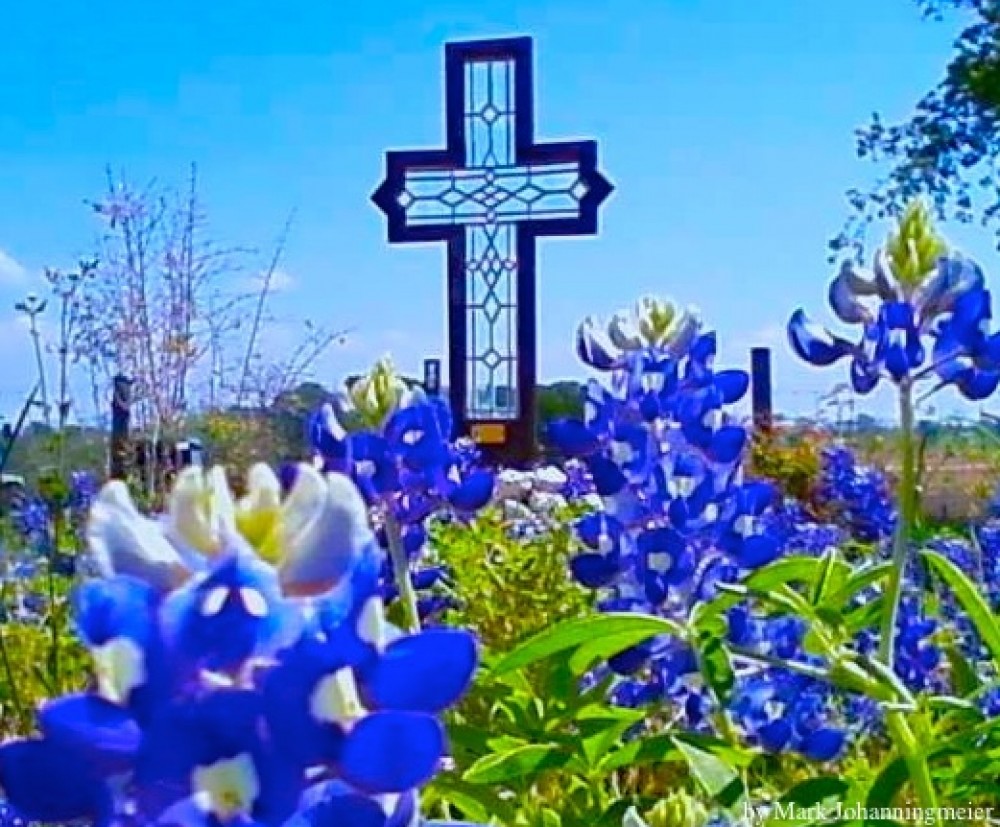The Son will be called Wonderful Counselor (Isaiah 9:6).
I am writing this between Easter and Pentecost, this period of time for Jews is known as Counting the Omer, and the Catholic Church is in an “Easter season” on their calendar. Either thought still is the fifty days from Passover to Pentecost. Historically, it is the time from leaving Egypt until the Children reached Mt. Sinai. Some things are recorded that Jesus did in this season, but I believe we were not told half of them. I think this time was the Master’s mini-lesson for His leaders. Yes, He left (ascended) after forty days.
Hebrew Mentions of the Counselor
The Complete Jewish Bible, the Orthodox Jewish Bible, and the concordances I use all seem to have a slightly different take on how to spell things. (God bless translators!) That can take a little getting used to but the message is the same and very clear. The idea of counselor really hit this home.
H3289 is yaats or yoetz and ish etzah H 6098 are terms I ran across in this study. Besides Isaiah 9:6, I spent some time with 40:13. 40:13 is quoted by Paul in Romans 11:34. All of this highlights the importance of wisdom and advice in the Jewish culture.
The Tree of Life Biblical | Tree of Life in Bible – Hebrewversity One takeaway from this article was tree or etz is very much like the word etzah or advice, H6098.
The Hebrews who wrote the New Testament had the same values; they were just writing them in Greek. In Romans 11:34 Paul used the word symboulos G4825 for counselor or advisor. Yes, it looks like our word symbiote, so it implies a long-term relationship.
Parakletos or Paraclete
Pentecost is the fulfillment of Jesus’ promise to send the Holy Spirit. It is also the birthday of the Church or the beginning of gathering the Bride of Christ. The Apostle John uses Paraclete five times in his writing: John 14:16, 26, 15:26, 16:7, and 1 John 2:1. Strong’s Greek: 3875. παράκλητος (paraklétos) — called to one’s aid (biblehub.com) This article mentions three Gospel references of when Jesus states that the Spirit will do what John declared on Thursday of Holy Week: Matthew 10:19 + 20, Mark 13:11, Luke 12:11 + 12. These tell when Jesus said that arrests were coming, but the Holy Spirit would speak through them. In other words, He would be their lawyer, counselor, or helper. Back to John.
John 13 is the beginning of Jesus’ last meal on Thursday. Chapters 14, 15, and 16 are in the Upper Room or in the Garden outside of Jerusalem. They contain important teachings about the Holy Spirit. It is better to read the verses in context so as to get the full effect.
- c+17 Jesus will ask for the Spirit of Truth to be sent to believers.
- John 14:26 + 27 This Counselor will instruct us and give us peace. The Father will send Him in the name or power of Jesus.
- John 15:26 He will testify the truth about Jesus.
- John 16:7 If Jesus does not leave (dies on the cross, resurrects, and ascends) the Paraclete will not come. Verses 7 -16 explain what the Spirit will do. Verse 15 has a word in it that John uses thirty-two times in his Gospel, emos. It is translated “mine” and is associated with Jesus giving things to us.
- 1 John 2:1 This verse is about Jesus advocating for us before the Father.
The Holy Spirit is here on earth helping us to do the work here. Jesus is in Heaven helping us there.
- Para Strong’s Greek: 3844. παρά (para) — from beside, by the side of, by, beside (biblehub.com)
- Strong’s Greek: 2822. κλητός (klétos) — called (biblehub.com)
- Kaleo Strong’s Greek: 2564. καλέω (kaleó) — to call (biblehub.com)
- Parakaleo – παρακαλέω | Free Online Greek Dictionary | billmounce.com
- emos ἐμός | Free Online Greek Dictionary | billmounce.com
Our Wonderful Counselor is for us, is here to help us, and has a good plan for us. The thing I have found about counselors, they can only help if you let them and follow their advice. This implies that you have to let Our Wonderful Counselor in so He can get close, and you get to know Him.


